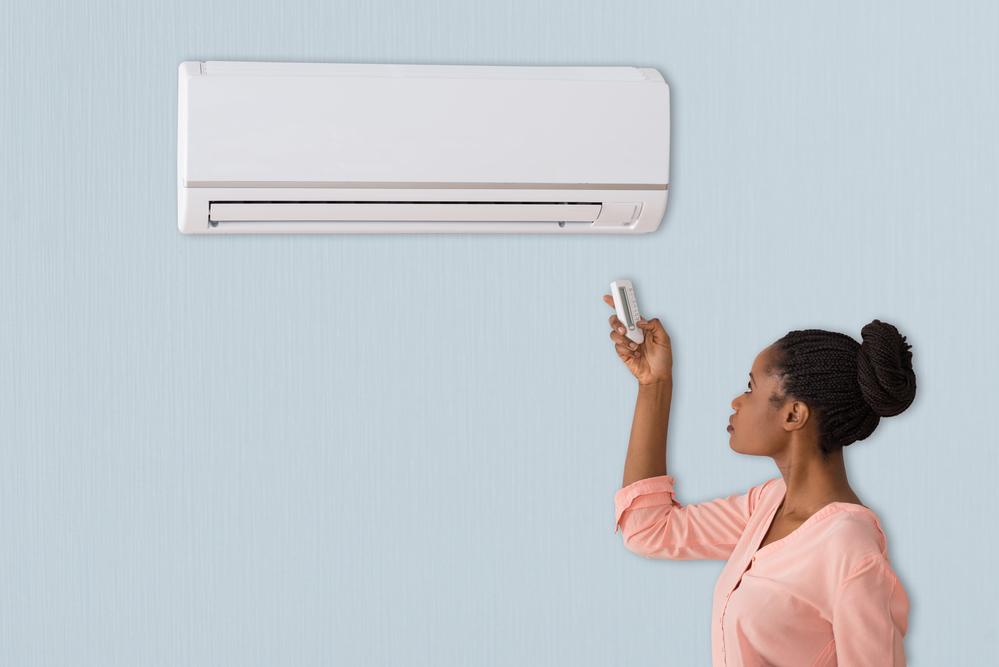What Does SEER Mean to You When Buying an Air Conditioner?
While the hot, humid summers of Ohio call for air conditioning, understanding the best unit to meet the needs of any home proves to be a foreign language to many. Let’s clear the air with a few facts and figures to get you in-the-know when purchasing an air conditioner.

The Seasonal Energy Efficiency Ratio (SEER) produces a rating of sorts for air conditioners. It is figured this way: The amount of cooling a given unit produces (BTU) divided by the amount of electricity (watts) used over a typical cooling season.
SEER figures range from 13 to 25. Since the unit is tested on static conditions, the rating represents a unit’s best performance. In brief, this number reflects the maximum rating. For instance, a unit rated at 13 does not perform above but may fall below this figure.
That’s helpful. But, what does it mean to you, the consumer? After all, it is just a number on the box. A few answered questions might clear things up even more.
What Does the SEER Rating Tell You?
Efficiency. That’s it. The SEER rating does not indicate quality or longevity of the unit or even overall cost savings. All ratings do not promise to pay for themselves over time. Nor do SEER ratings of air conditioning condensers ensure your entire system matches that efficiency.
Is a Higher SEER Rating Always Better?
Let’s be clear. The answer is no. While the efficiency rating seems to indicate higher is better, the truth is that other factors come into play. Local weather patterns and cost impact your decision as to the best air conditioner as well.
For example, in Ohio, the use of furnaces in cold winters outweighs the intermittent use of air conditioners in warmer months. Therefore, investing in more expensive SEER ratings does not offer good return on investment. (Yes, cost rises with SEER ratings.)
How Do You Determine a Good SEER Rating?
States set standard SEER ratings which they determine as the minimum for efficiency in that state’s weather conditions. In Ohio, the standard figure is 13. In other words, 13 is the minimum SEER you should look for when purchasing an air conditioner for your Ohio home.
Furthermore, to reach higher efficiencies, added equipment may be required. For instance, SEER ratings at 16 and above require a variable drive blower motor on your furnace. In this case, the expense of upgrading your furnace exceeds the savings on air conditioning at higher ratings simply because Ohioans do not use air conditioners enough.
Purchasing the best air conditioner for your Ohio home can be tricky. Several factors come into play. Contact us today to determine the best SEER rating for your home.
